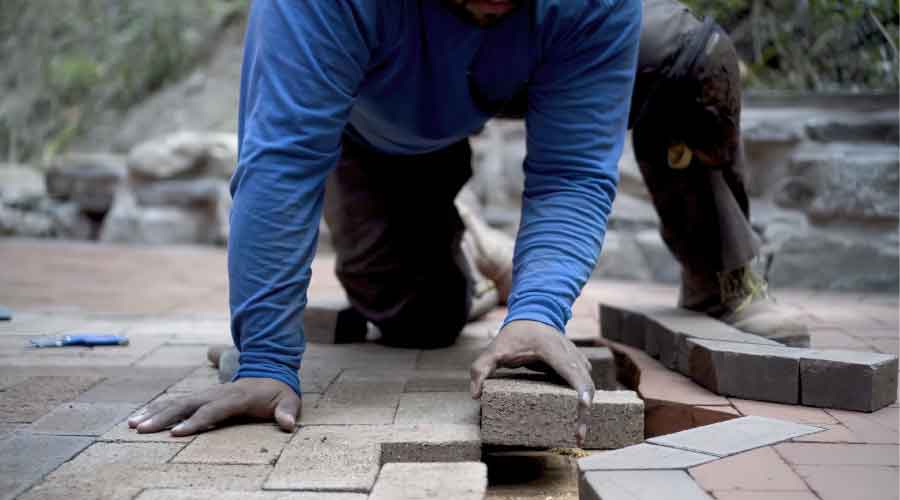

Hardscape Design Requires Collaboration Between All Parties
Grounds managers and owners and landscape contractors must work together to create a cohesive and functional designs.
The old saying, “Don’t judge a book by its cover,” can apply to many different situations. When it comes to hardscape design, there is always that voice in the back of grounds managers’ heads describing the layout even before stepping foot into the space. Managers with institutional and commercial facilities are responsible for creating an environment that creates a positive first impression for visitors and occupants.
Before beginning a project, managers must understand the intended use of the hardscape. Examining the needs versus what the owner wants allows for compromises to be made early on that helps focus the project.
“From the perspective of landscape architecture, we feel that it’s very important for developers and managers to plan ahead for maintenance and upkeep,” says a representative from Michael Van Valkenburgh Associates (MVVA), a landscape architecture firm that works with college campuses and public parks, among other ventures. “In our experience, this starts with solid construction, which helps safeguard function and appearance over time. Many elements that are invisible on opening day – such as an adequate base for hardscape, structural soil and root control measures – can make or break a project’s longevity. During the planning stages, landscape managers can also think about how best to plan for interim conditions during construction. This can include tree protection, maintaining key circulation routes, storing soils and plants and any measures to limit negative impacts on neighbors.”
It is also important for landscape contractors and grounds managers to work closely together on hardscape projects. This collaboration allows everyone to understand the vision of the project from the start. Working together also lets managers advise crews of potential issues that might arise. Knowing this information ahead of time allows for proper solutions to be arranged in the event something happens.
“One does the work, and one plans the work,” says James Kim, parks superintendent with the Vernon Hills Park District in Illinois. “If you were putting together a proposal based on just material cost and straight labor, which is fine, but don’t recognize that the terrain prohibits the use of a vehicle or equipment and need to walk or wheelbarrow everything in – there is a huge cost/efficiency loss, as an example. The benefit is really to better understand and implement the efficiencies of the project to keep costs down for both parties.”